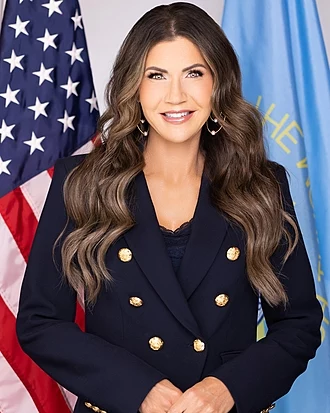 By The Rutland Herald
By The Rutland HeraldEditorial Board
As Boston marks the first anniversary of the Marathon bombings, one chapter closes. But there’s still enough to fill a book — especially when it comes to the role of the FBI.
Questions about it pour from the pages of numerous post-bombing government reports. An assessment by the House Homeland Security Committee challenges the FBI’s resistance to information sharing. A review done by various intelligence agencies highlights missed opportunities involving the threat posed by a radicalized Tamerlan Tsarnaev.
Reports by a Florida prosecutor and the Department of Justice address the shooting death of Ibragim Todashev, who tied Tamerlan Tsarnaev to a triple homicide in Waltham, Mass., on Sept. 11, 2011. Unsurprisingly, both reports conclude that Todashev’s shooting by an FBI agent was justified. But why was Todashev questioned in his Orlando apartment, with access to items that could be used as weapons, rather than in a more secure environment?
Lawyers for Tamerlan’s brother, Dzhokhar, also claim the FBI sought to turn Tamerlan into an informant. The government said it has “no evidence” of that, which doesn’t exactly shut the door on the possibility.
Richard DesLauriers, the now retired FBI agent who was in charge of the Boston office and the Marathon investigation, went on “60 Minutes” to explain how the FBI identified the bombers. But the FBI has never told the public who interviewed Tamerlan Tsarnaev, nor explained why that agent failed to recognize the older brother from the surveillance video. So much for that old saying that a police officer never forgets a face. If this agent remembered Tamerlan’s face, it might have averted the public release of the video and the manhunt and violence that followed.





